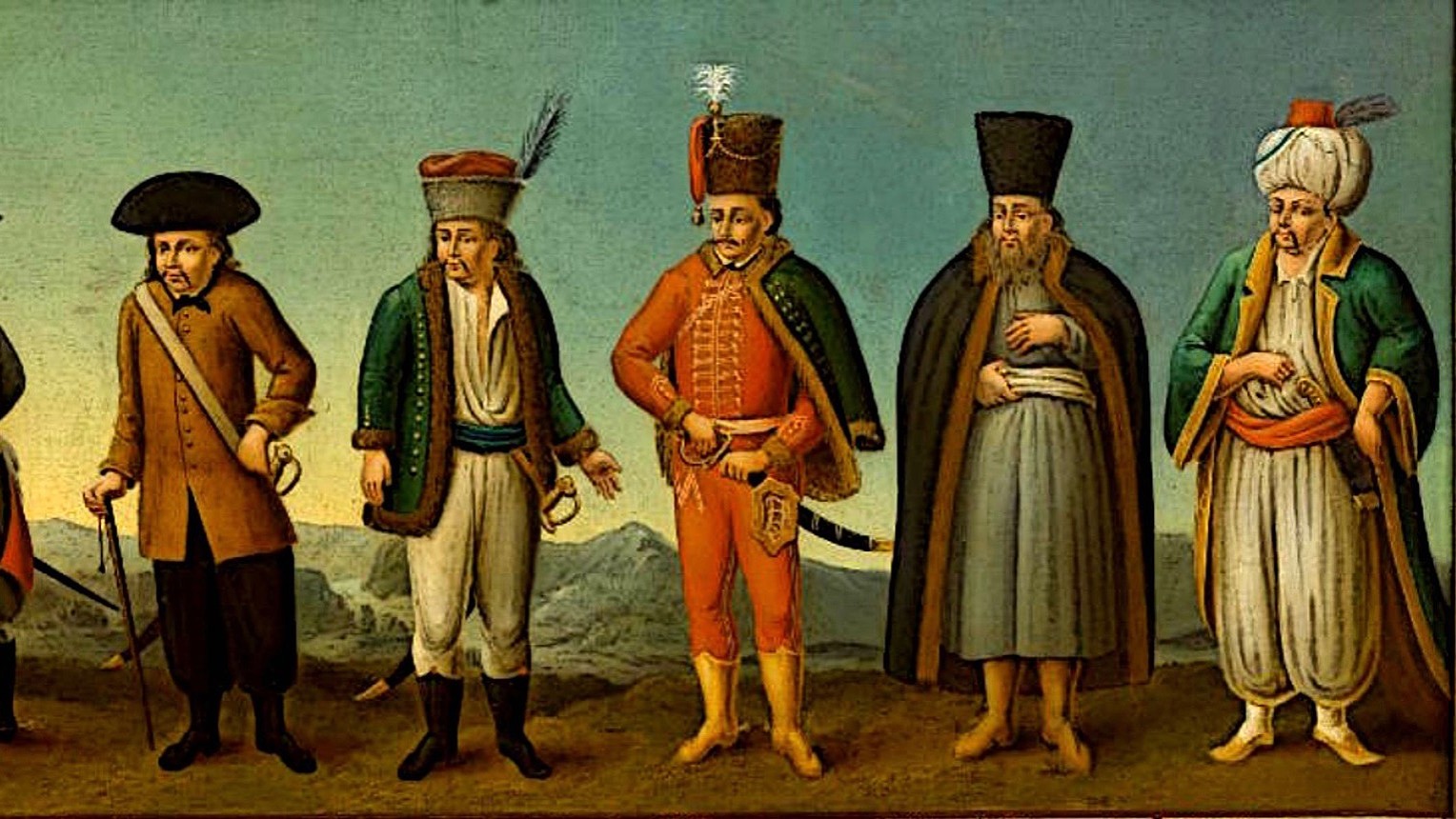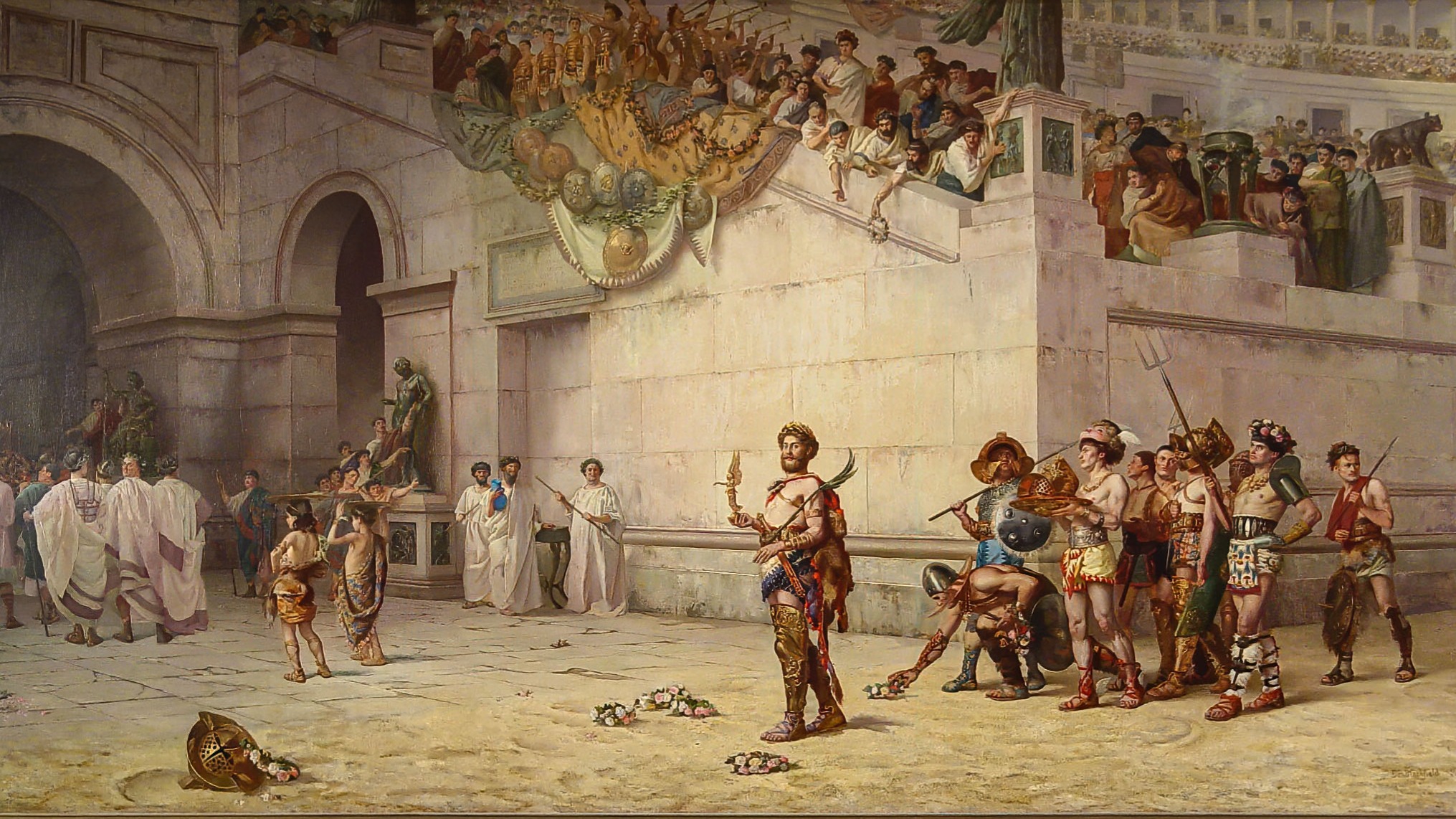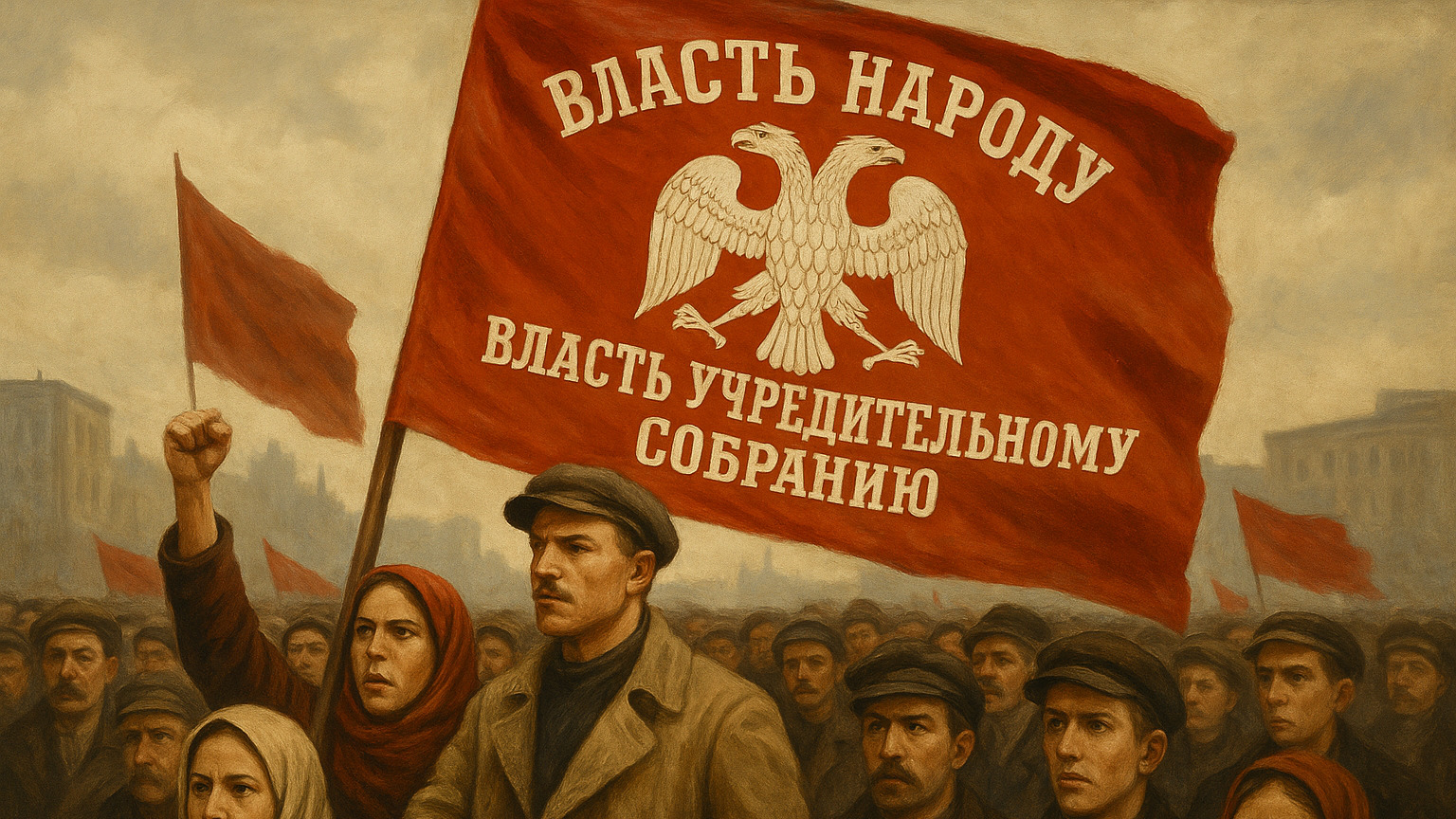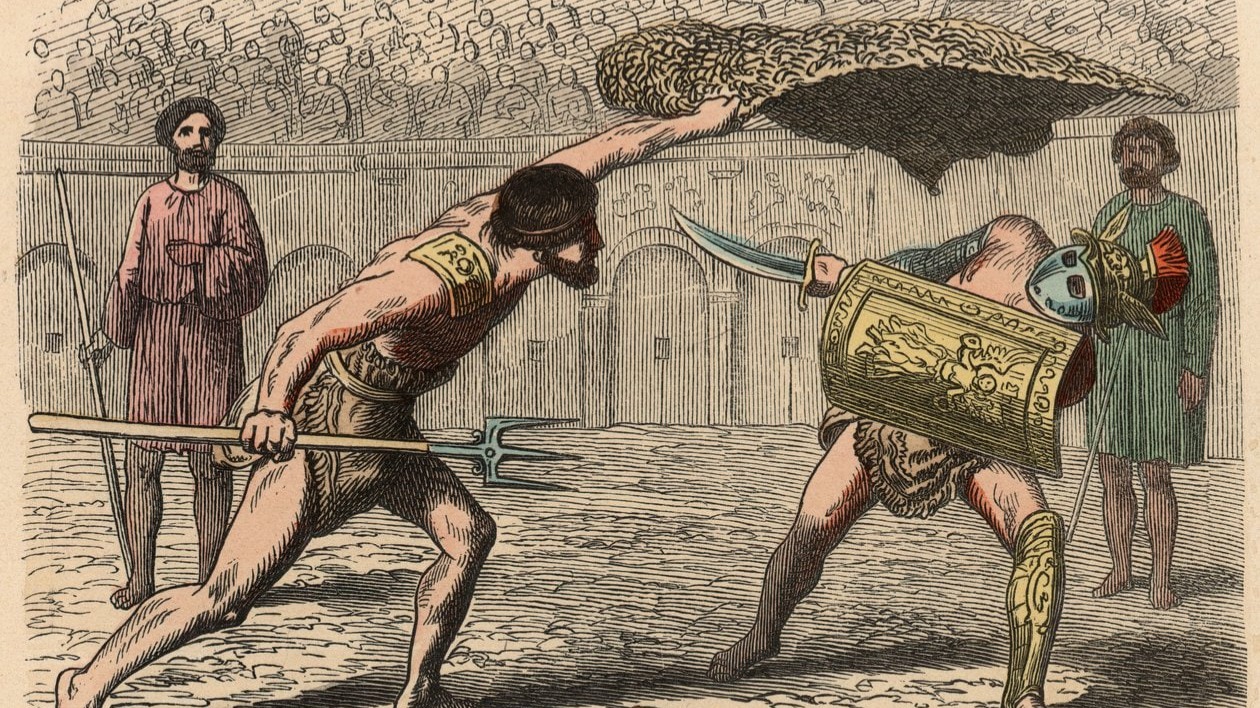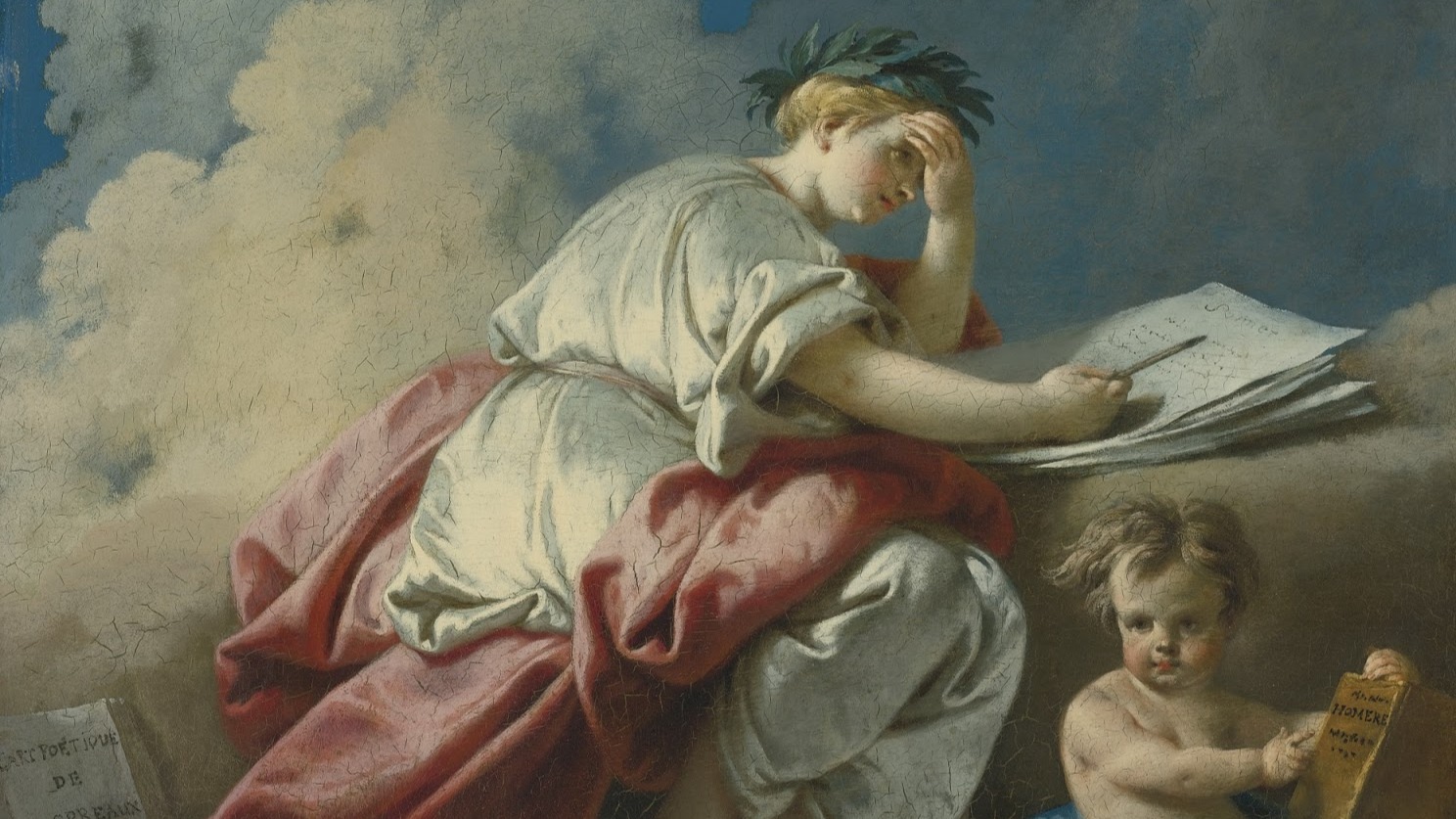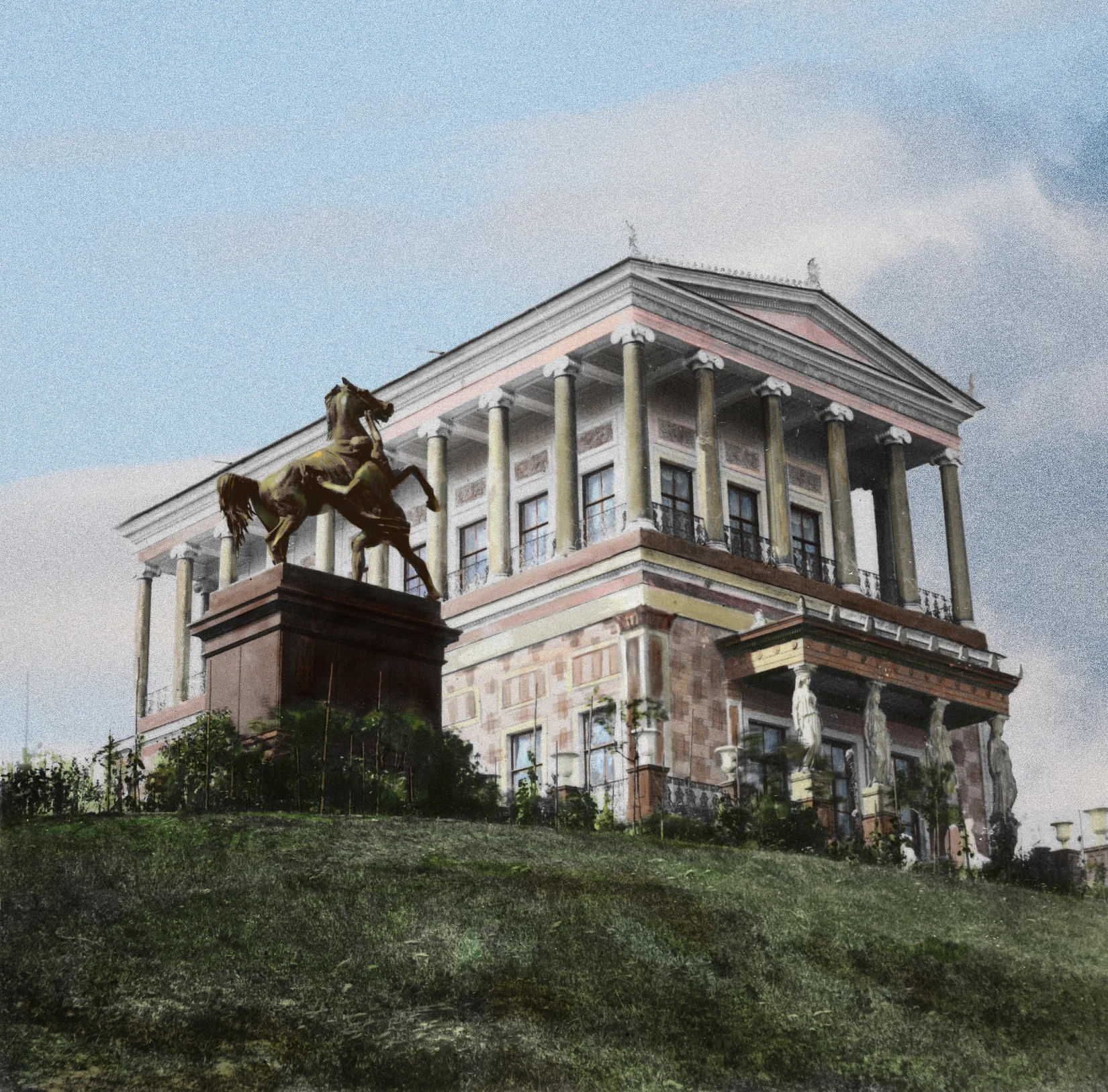Themes of the day
New on the platform
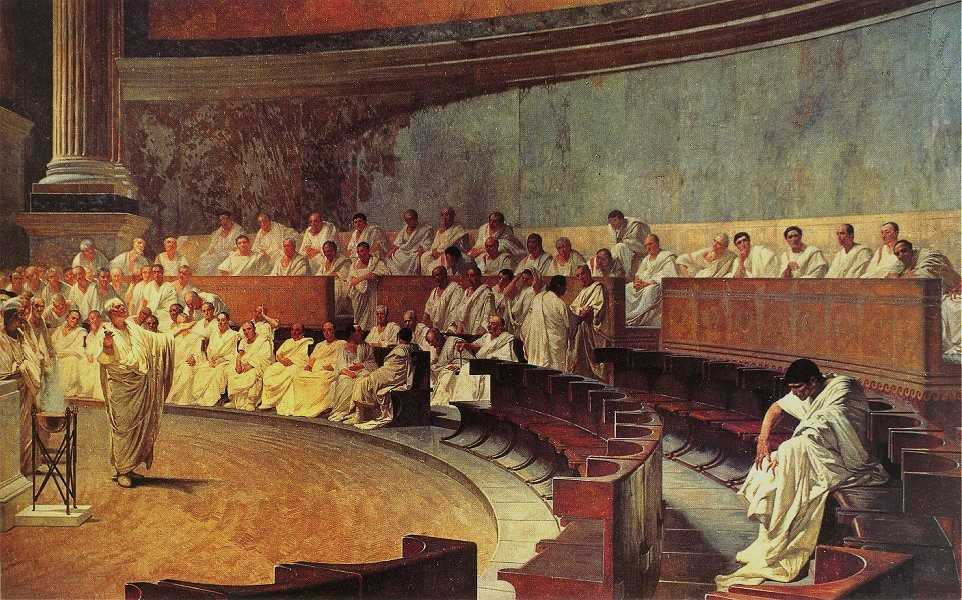
History
Rome: From Republic to Empire
The specialist in Roman history of Antiquity, Nikita Tsybikov, proposes to trace the political history of Rome from the first symptoms of the crisis of the republican model in the second half of the 2nd century BC to the decline of the rule of the first dynasty of emperors from the Julio-Claudian family in the second half of the 1st century AD.
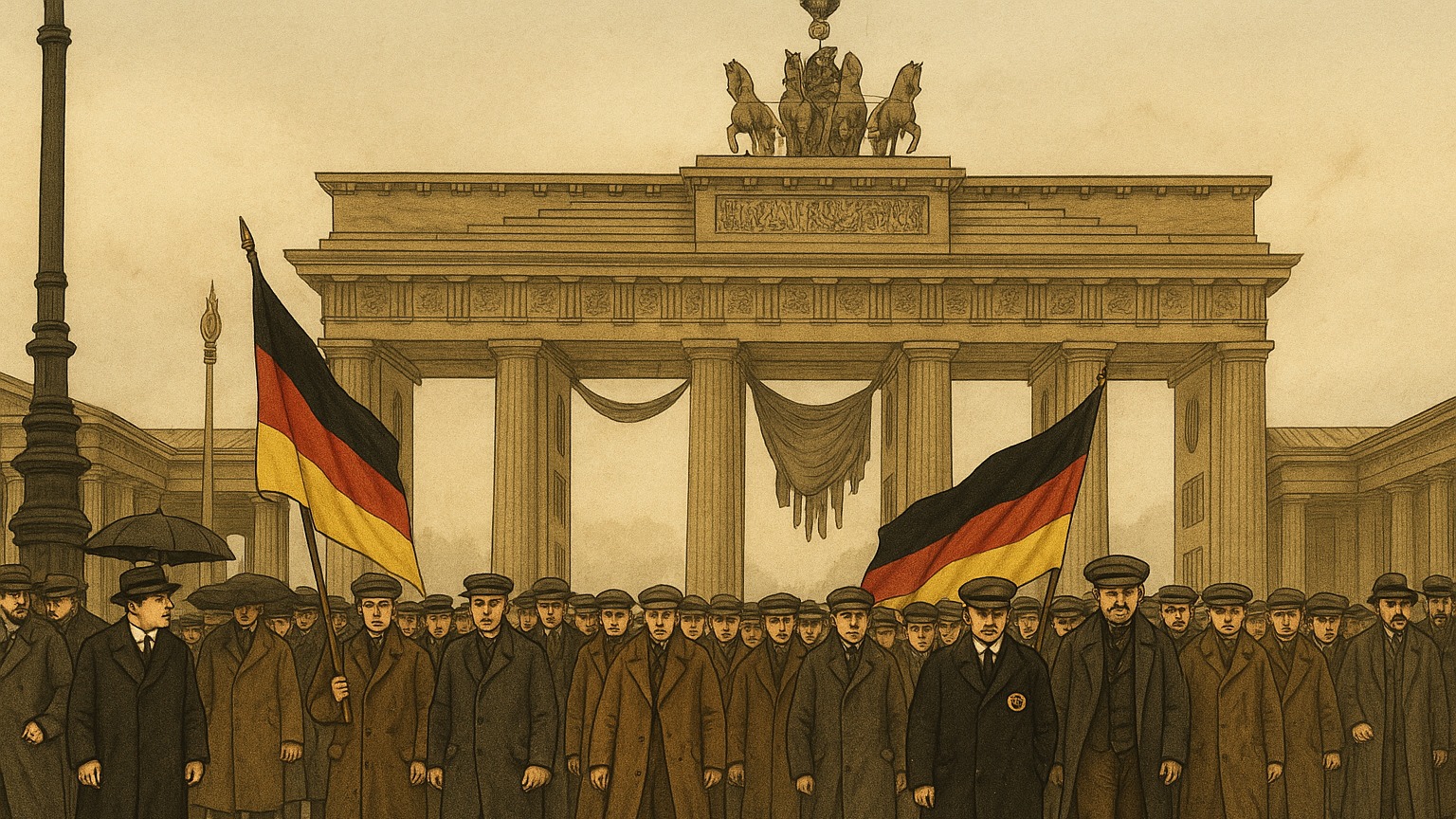
History
Parties of the Weimar Republic
The history of the Weimar Republic is inextricably linked with the history of political parties. Like the republic itself, these parties did not appear out of nowhere and did not disappear into nothingness. The roots of most of them lay in the Kaiserreich, and after a 12-year Nazi hiatus, most were reestablished or served as the foundation for the creation of new parties that defined the political life of both German states in the second half of the 20th century.
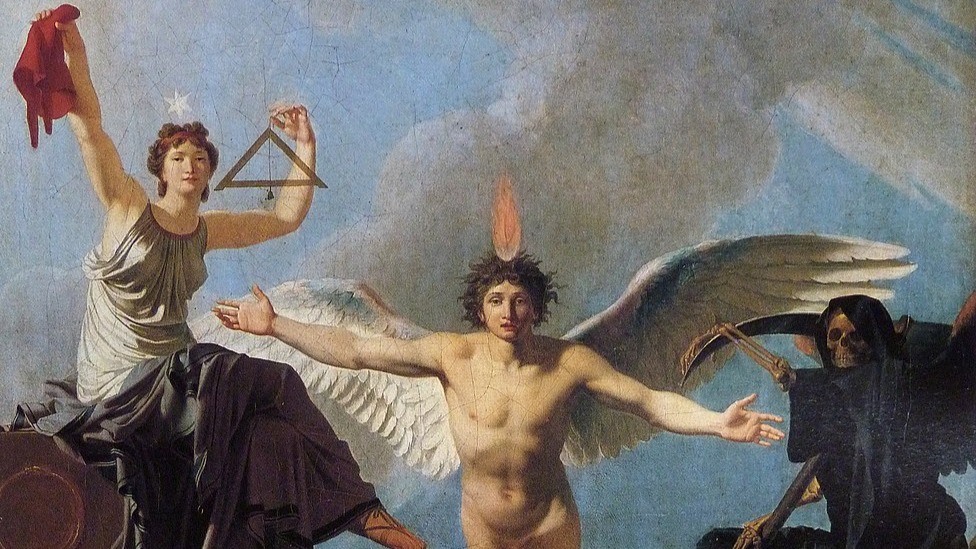
10 questions
Philosophy
Your Inner Enlightener
If you lived in the Age of Enlightenment, you would surely debate freedom of speech, equality, and morality by candlelight in a Parisian salon. But whose ideas would you defend to the end? Take the test and find out who hides within you: the rebel Voltaire, the dreamer Rousseau, the jurist Montesquieu, or the strict judge of reason Kant.



